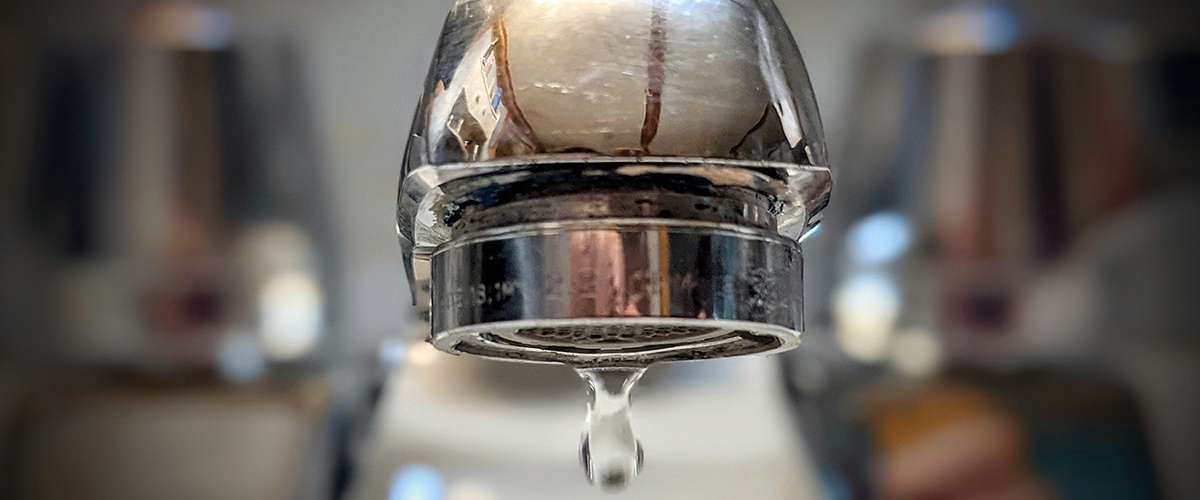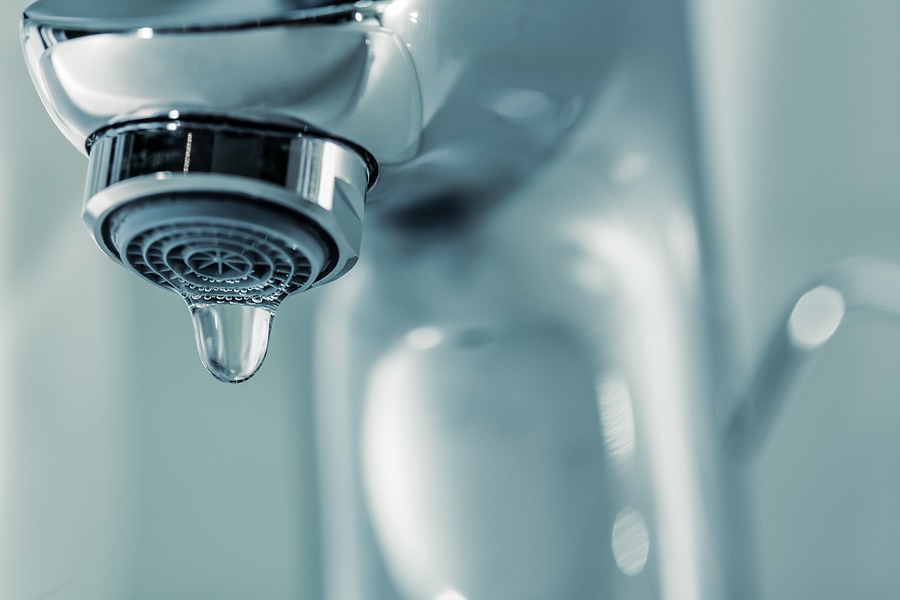My Benefits of Fixing a Faulty Faucet
My Benefits of Fixing a Faulty Faucet
Blog Article
This post directly below relating to Why Are My Faucets Dripping (And Can I Fix It Myself)? is truly enjoyable. Don't miss it.

Dripping taps may seem like a small hassle, yet their effect goes beyond just the annoyance of the noise. From wasting water to sustaining unnecessary economic costs and wellness dangers, ignoring a leaking tap can cause different consequences. In this post, we'll delve into why it's critical to address this typical household problem promptly and successfully.
Wastefulness of Water
Environmental Influence
Trickling taps contribute dramatically to water wastage. According to the Epa (EPA), a solitary faucet leaking at one drip per secondly can waste more than 3,000 gallons of water each year. This not only pressures water resources however additionally affects communities and wild animals dependent on them.
Financial Costs
Boosted Water Costs
Beyond the environmental effect, dripping taps can blow up water bills substantially. The gathered wastefulness gradually equates into greater energy expenditures, which can have been stayed clear of with prompt repair services.
Possible Building Damage
In addition, prolonged trickling can bring about harm to fixtures and surfaces surrounding the faucet. Water buildup can cause staining, corrosion, and also architectural concerns if left neglected, causing added repair costs.
Health Issues
Mold and Mildew Growth
The constant visibility of wetness from a leaking tap produces a suitable setting for mold and mildew and mildew growth. These fungi not just endanger interior air quality but additionally posture wellness dangers, especially for individuals with respiratory conditions or allergic reactions.
Waterborne Conditions
Stagnant water in dripping taps can end up being a breeding ground for microorganisms and various other microorganisms, enhancing the risk of waterborne conditions. Impurities such as Legionella germs flourish in stationary water, possibly resulting in significant illnesses when ingested or inhaled.
DIY vs. Professional Fixing
Benefits and drawbacks of Do It Yourself Repair Work
While some may try to take care of a leaking tap themselves, do it yourself repair work include their own collection of challenges. Without correct understanding and devices, DIY efforts can worsen the issue or bring about incomplete repairs, lengthening the problem.
Advantages of Hiring a Specialist Plumber
Hiring a specialist plumber guarantees that the underlying source of the leaking tap is dealt with properly. Plumbing technicians have the know-how and equipment to identify and repair faucet concerns efficiently, saving time and lessening the risk of additional damages.
Step-by-Step Guide to Taking Care Of a Dripping Tap
Tools Needed
Prior to attempting to repair a trickling faucet, gather the required devices, consisting of an adjustable wrench, screwdrivers, substitute components (such as washing machines or cartridges), and plumber's tape.
Common Faucet Issues and Their Solutions
Determine the sort of faucet and the particular problem creating the drip. Usual problems include damaged washing machines, rusty valve seats, or defective O-rings. Refer to supplier instructions or online tutorials for step-by-step assistance on repair services.
Safety nets
Normal Upkeep Tips
To prevent dripping faucets, do regular upkeep such as cleansing aerators, inspecting for leaks, and replacing damaged parts promptly. Furthermore, think about setting up water-saving gadgets or updating to a lot more reliable components.
Relevance of Prompt Services
Resolving trickling taps as quickly as they're observed stops more water waste and prospective damage, eventually saving both water and money in the long run.
Impact on Home Value
Perception of Well-Maintained Property
Maintaining a residential or commercial property in good condition, including addressing upkeep concerns like trickling faucets, enhances its perceived worth and charm among possible customers or occupants.
Influence on Resale Value
Properties with properly maintained plumbing components, including taps, command greater resale values in the property market. Attending to dripping taps can add to a positive impact throughout home inspections and arrangements.
Environmental Responsibility
Specific Contribution to Preservation
Taking obligation for fixing trickling faucets straightens with wider efforts towards water conservation and ecological sustainability. Every individual's activities collectively make a substantial effect on maintaining precious sources.
Sustainable Living Practices
By focusing on prompt repair services and adopting water-saving behaviors, individuals add to sustainable living techniques that benefit both existing and future generations.
Conclusion
Attending to a trickling tap surpasses mere benefit; it's an essential action toward saving water, reducing monetary prices, and guarding health and wellness and building. Whether via do it yourself repairs or specialist aid, taking action to repair dripping taps is a small yet impactful method to promote accountable stewardship of resources and add to a much healthier, much more lasting future.
Most Common Reasons for a Leaky Faucet and How to Stop the Drip
Whether it’s your kitchen faucet leaking or a bathroom faucet leaking, one leaky faucet can waste anywhere from three to 30 gallons of water every single day. If the constant drip-drip-drip doesn’t get your attention, your water bill will. The good news is that, by following a few simple steps, chances are pretty good you can fix the problem yourself.
Why is it dripping?
Before you start taking things apart, let’s break down some of the most common causes of a leaky faucet.
Bad O-ring.
A cartridge is a valve that controls the flow of water into the faucet spout. On cartridge faucets there’s an O-ring—the little disc attached to the stem screw that holds the faucet handle in place. If it’s loose or worn-out, it can cause your sink handle to leak. Of course, the cartridge itself could be worn out. If that’s the case, make sure you replace it with the exact same kind.
Corroded valve seat.
The valve seat connects the faucet and the spout. If the leak seems to be coming from the spout, it might be because a buildup of water sediment has corroded the valve seat.
Worn-out washers or seals.
A leaky spout could be caused by a bad washer that rests against the valve seat. It’s just a matter of time before friction takes its toll. It could also be the wrong size washer or one that’s been installed incorrectly. Water sediments can also corrode inlet and outlet seals.
Water pressure.
If the faucet only drips now and then, or when you turn the handles a certain way, you should probably check your home’s water pressure.
Loose or broken parts.
The adjusting ring and packing nuts in the stream screw can become loose over time, causing your sink handle to leak. Try tightening or replacing the packing nut. If the leak is coming from the pipes underneath the sink, you probably have a broken pipe or fitting. If that’s the case, you should definitely call a plumber.
Know your faucet.
Faucets come in a variety of types. Each one has its own assembly—and its own possible causes of leaks. Learning about the four most common kinds of faucets will help you know how to take them apart and make any repairs.
How to stop a leaky faucet
Fixing that leaky faucet doesn’t have to take a lot of time, money, or expertise. It’s usually a simple matter of replacing a worn-out washer or gasket, a loose O ring, or another part. Chances are really good you can do this yourself if you follow these simple steps.
Shut off the water.
Before you tackle the faucet, cut off the water supply to the sink. There should be one valve for hot and one for cold. Hand-turn them clockwise with your hands till they close. If there are no valves under the sink, head to the basement and shut off the main water supply to the house. Then turn on the faucet until it empties out the water that’s still in the line and you’re ready to start. It’s a good idea to cover the sink drain with a plug or a rag so you don’t lose any small pieces and parts while you’re working.

I have been very inquisitive about 4 Common Reasons for a Leaky Faucet and I'm hoping you enjoyed the new blog posting. If you liked our page if you please be sure to share it. We truly appreciate your readership.
Report this page